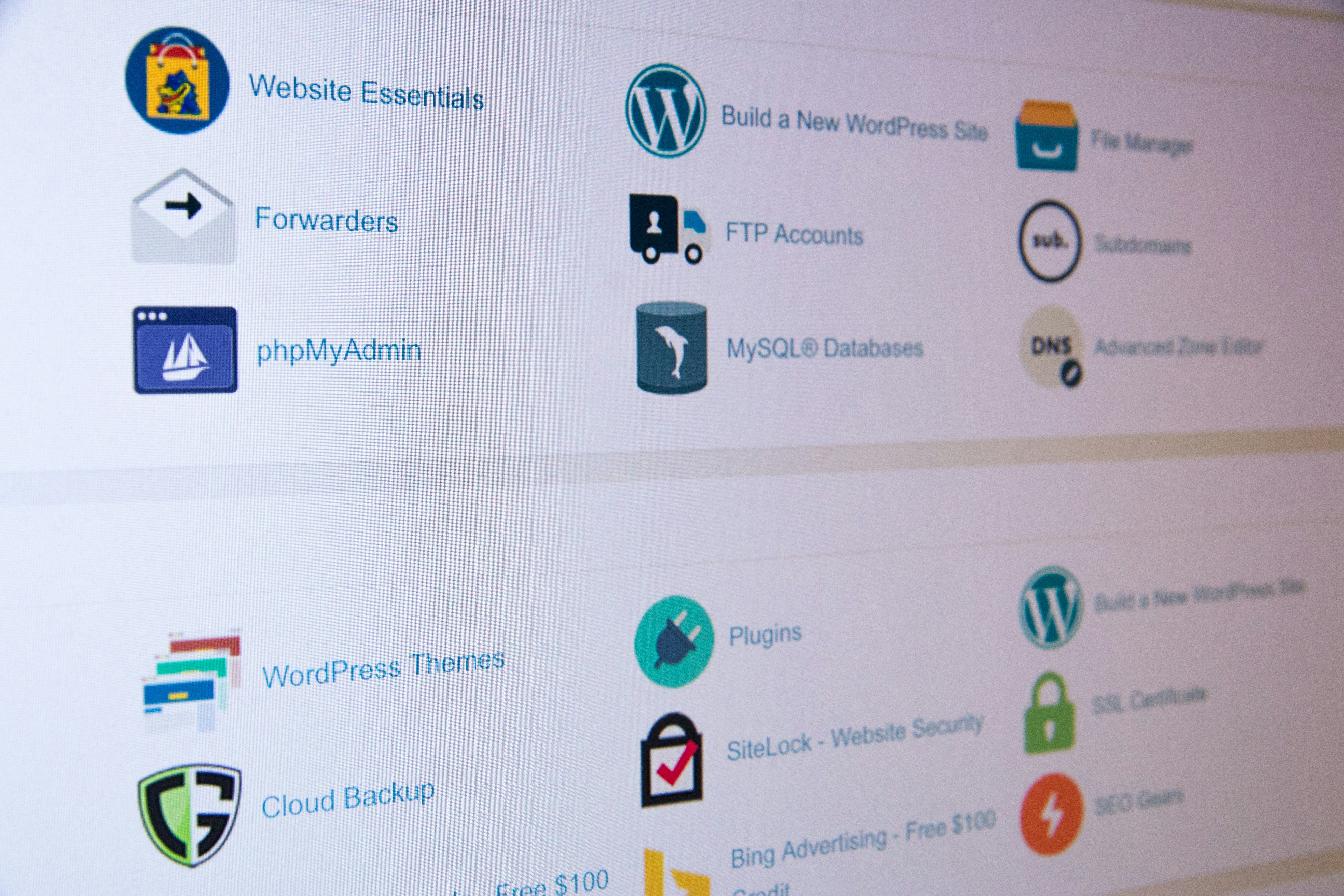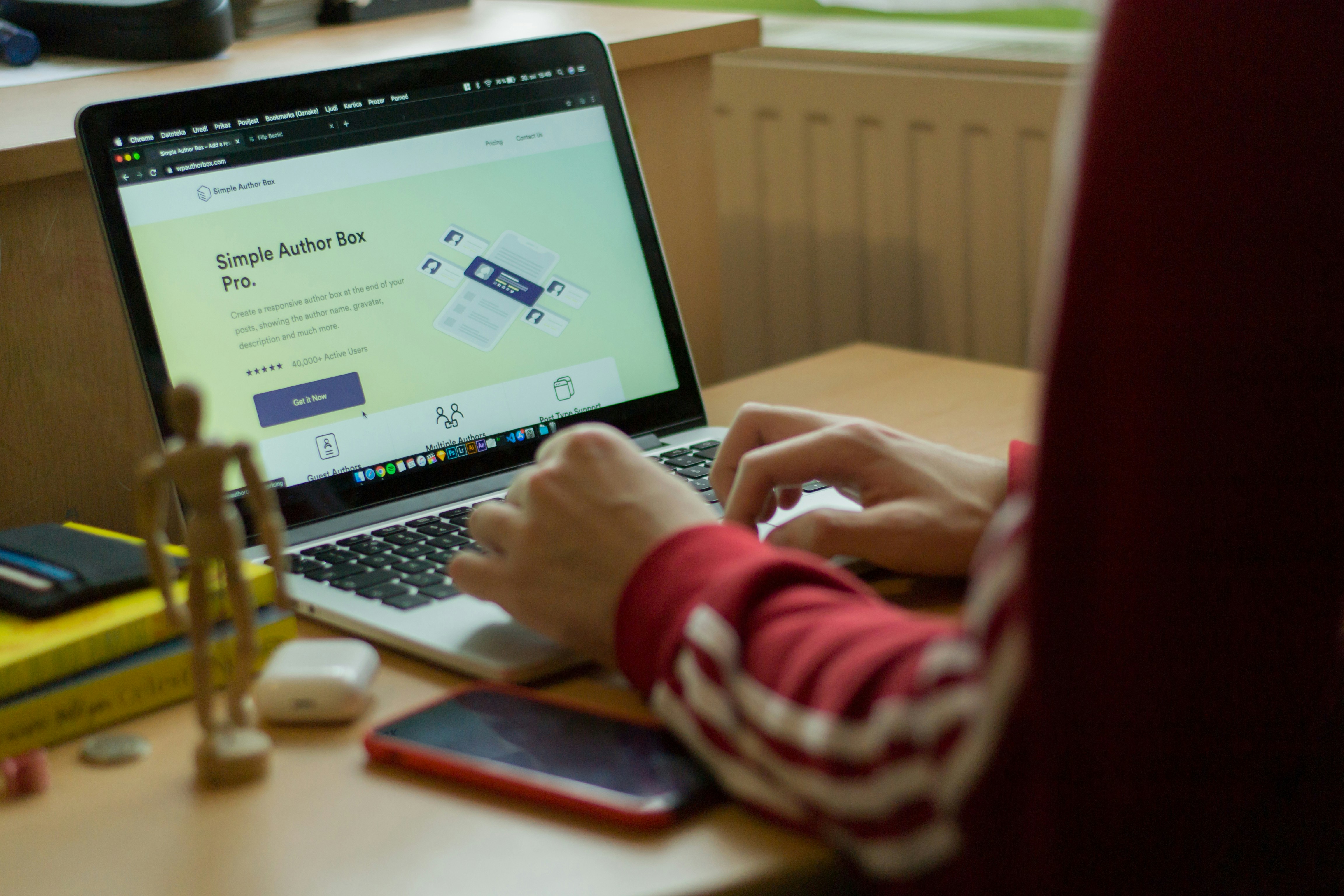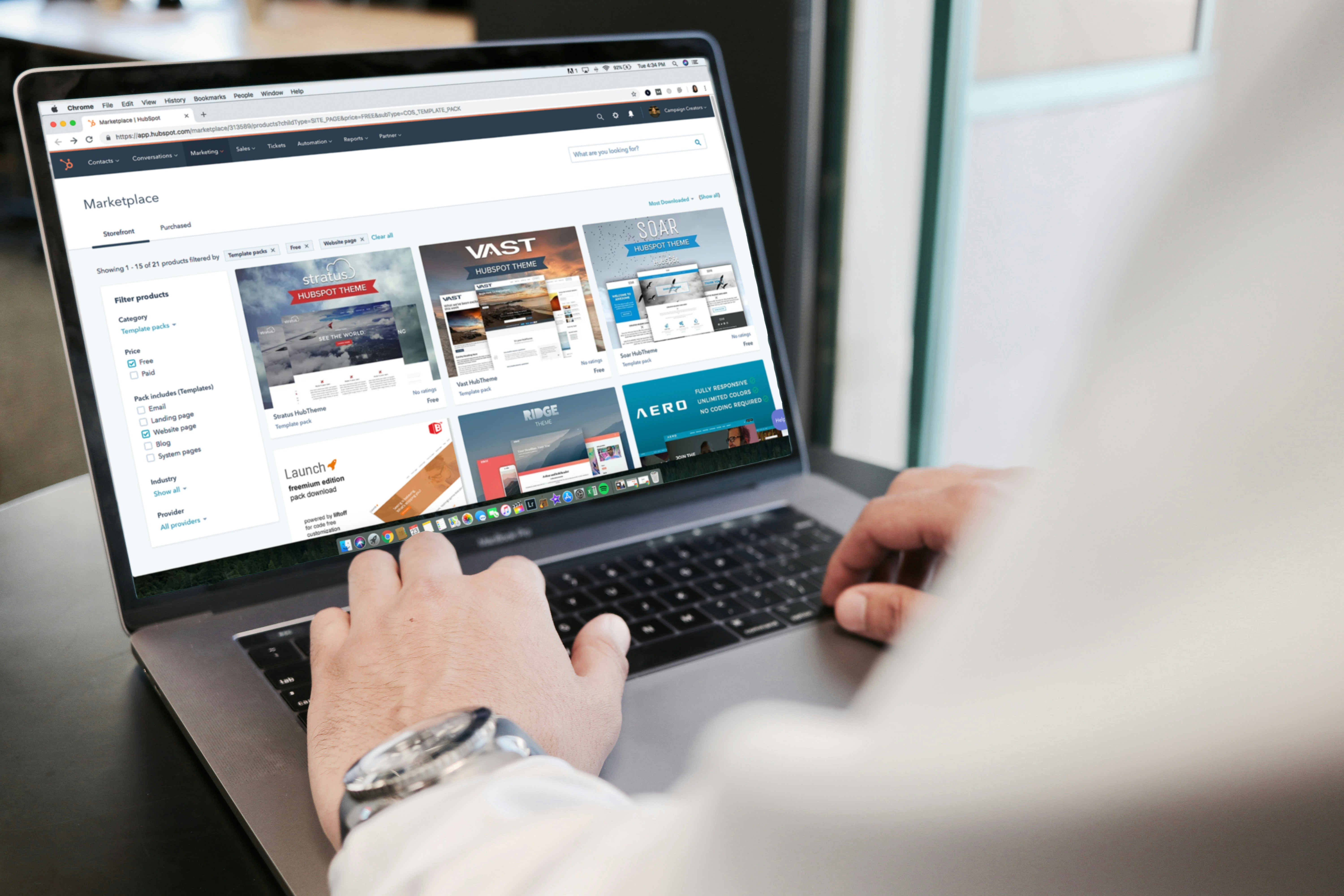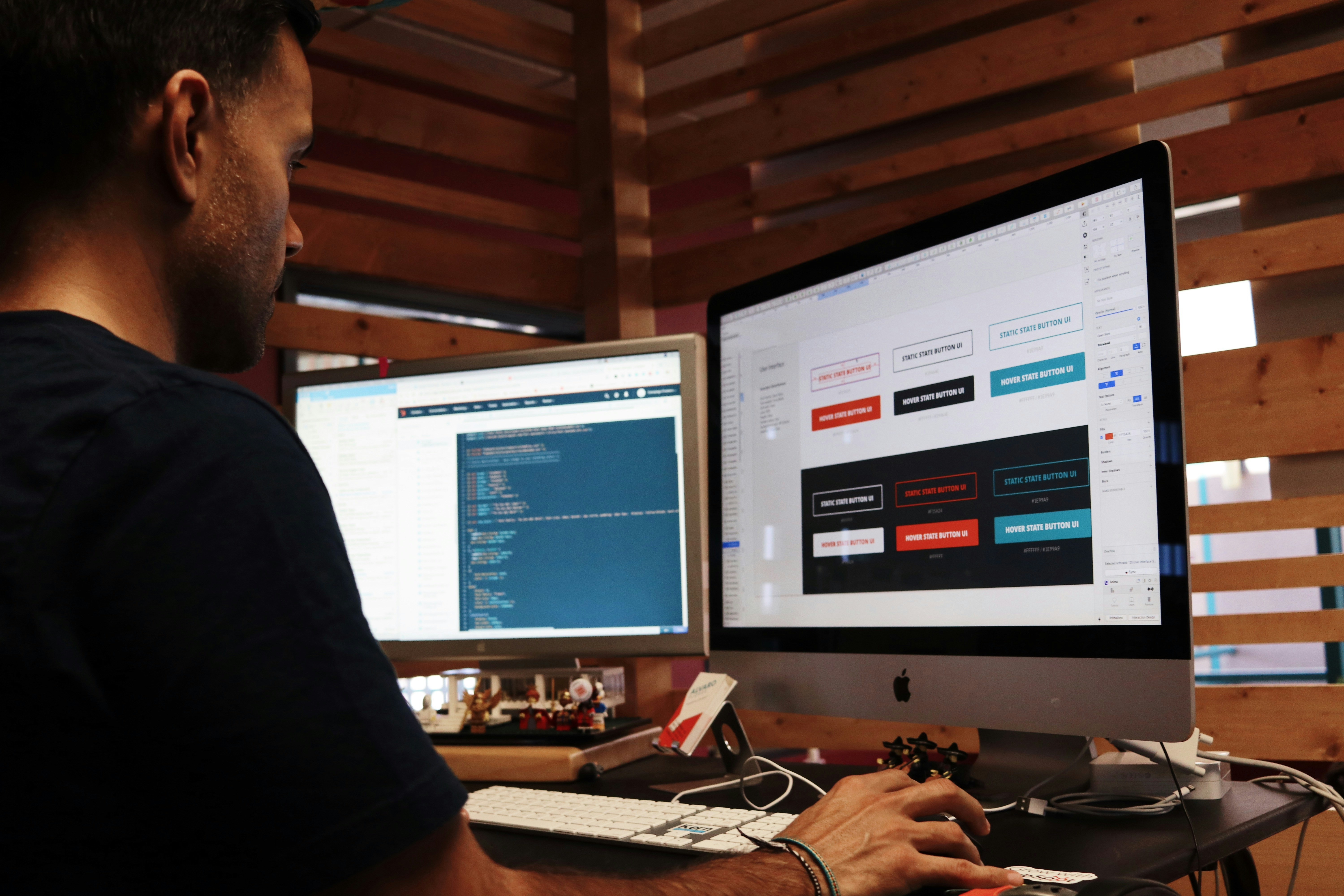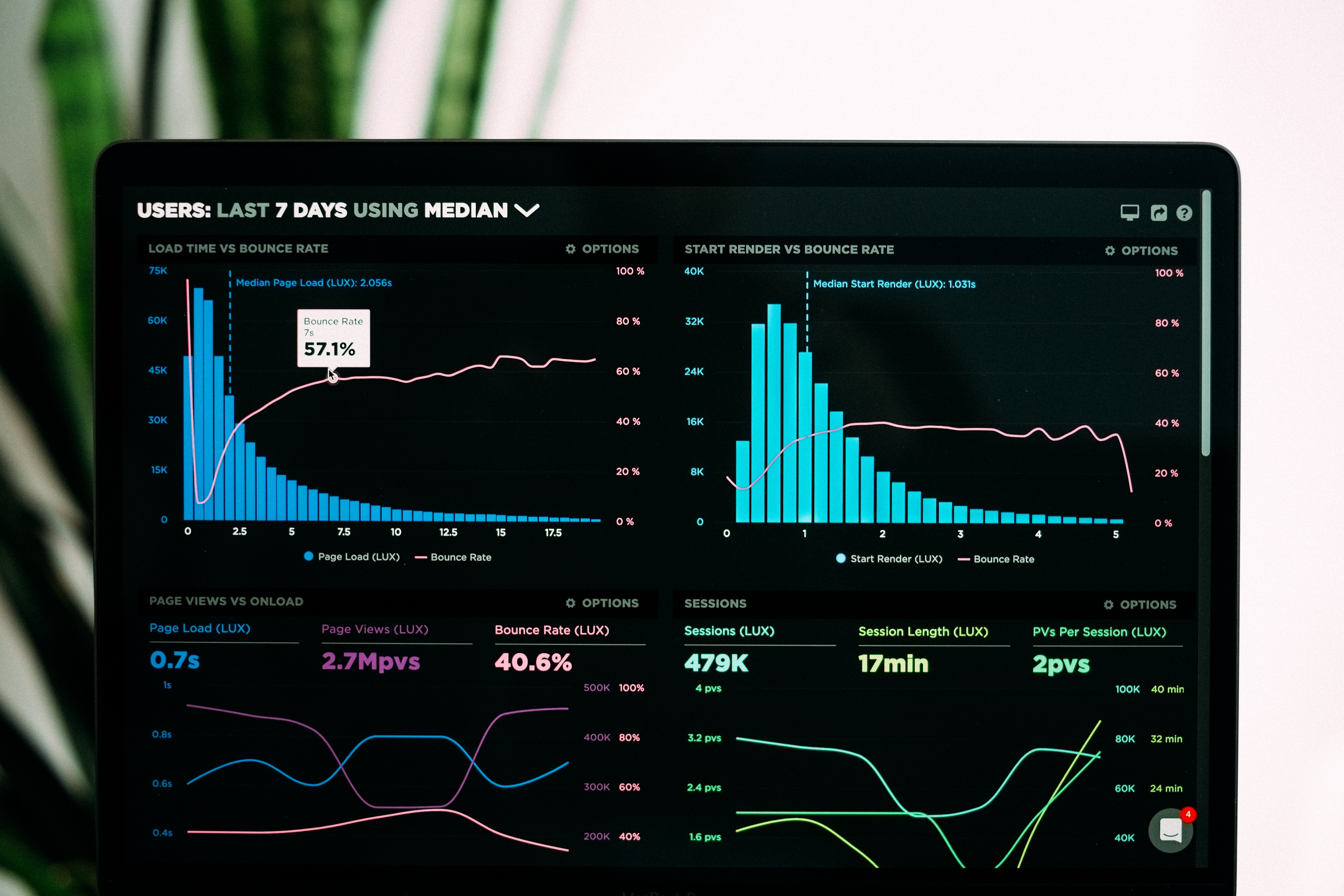Top 10 Reasons to Use Framer for Your Next Web Design Project
Top 10 Reasons to Use Framer for Your Next Web Design Project
Aug 12, 2024
Said Aidogdu
In the fast-changing web design world, the right tool is key to your project's success. Of the many options, Framer is a top design tool. It perfectly blends design and development. This article will give ten reasons to consider Framer for your next web design project. It will focus on its responsive design, enterprise features, and customizability. It will also cover its no-code tools and collaborative workflows.
What Makes Framer a Popular Choice for Responsive Web Design?
Understanding Framer's Responsive Design Capabilities
Framer is known for its strong responsive design. It lets designers create websites that look great on any device and screen size. With Framer, you can set breakpoints. They adjust elements based on the viewport size. This keeps your website looking and working well on any device. Framer's design system lets users create attractive, functional templates. They will meet UX and SEO best practices. This is vital in today's mobile-first world. Search engines favor sites that work well on all devices.
How Does Framer Compare with Other Web Builders?
Framer, unlike popular website builders like Wix and Webflow, is unique. It combines flexibility with power. Framer is more intuitive than Webflow. Webflow focuses on the designer's control over CSS and JavaScript. But, Framer also caters to developers who want to integrate custom code. Framer's interface is user-friendly. It suits both seasoned and new web designers. Figma excels in prototyping. But, Framer combines design and prototyping in one workflow. It streamlines the design process, from concept to deployment.
Benefits of Using a Responsive Web Design Approach
A responsive web design is crucial for modern websites. Framer makes it easy. A responsive design improves user experience, website performance, and SEO. By ensuring that your site is accessible on various devices, you increase your reach and engagement with users. Framer’s tools let users build responsive websites. No advanced coding skills are needed. This approach saves time and reduces coding errors.
How to Explore Enterprise Features in Framer?
What Are the Key Enterprise Features of Framer?
For organizations wanting to scale web design, Framer has strong features for complex needs. Key features are: advanced content management systems, role-based access, and seamless integration with existing workflows. These functions help teams manage projects. They ensure everyone has access to the required resources and tools. Framer supports real-time collaboration. It's essential for large teams on complex design projects.
How to Integrate Framer with Your Existing Workflow?
Integrating Framer into your existing workflow can enhance productivity and streamline design processes. Framer lets users import designs from Figma. This helps teams use their work without losing momentum. Also, Framer's support for plugins boosts its versatility. It allows easy integration with tools like Slack for communication and GitHub for version control. These integrations let teams keep their workflows. They can also use Framer’s powerful features.
Tips for Customizing Your Enterprise Web Design in Framer
Customizing enterprise web designs in Framer requires a thoughtful approach. Define a design system. It must include consistent branding elements, like colors, fonts, and logos. Framer's customization options let you tailor templates to your org's identity. This keeps their functionality. Framer's no-code features can speed up customization. They let designers create great layouts without much coding knowledge. This flexibility ensures your design meets goals and resonates with your audience.
Can You Create Custom Designs Using Framer?
How to Use Framer's Visual Canvas for Customization
Framer's visual canvas is a powerful tool for designers. It lets them create custom designs with ease. Framer lets users drag and drop elements. They can customize layouts and adjust properties in real-time. Unlike traditional web builders, it has no design limits. This intuitive interface lets designers test different styles. It ensures the final product matches their creative vision. Framer also supports custom code. It allows for more personalized web design.
Exploring Design Systems with Framer
Design systems are key to consistent projects. Framer excels at this. Designers can streamline their workflow by creating reusable components. This will ensure that all elements follow the design guidelines. Framer's design system lets teams collaborate better. Everyone can access and use the same components. This reduces inconsistencies. This collaborative environment fosters innovation and encourages designers to push creative boundaries.
Integrating Figma Designs into Your Framer Projects
One of Framer's standout features is its ability to integrate designs from Figma seamlessly. This integration lets designers import projects and work on them in Framer. Using Figma and Framer, designers can create better interactive prototypes. They enhance the user experience. This synergy saves time. It also creates a cohesive design process. Designers can smoothly switch between the two platforms without losing work.
What Are the Advantages of Framer's No-Code Features?
How to Build Responsive Websites Without Coding?
Framer’s no-code features let users build responsive websites. They need no extensive coding knowledge. The platform has many pre-built templates and customizable components. They can be adapted to meet specific design needs. By utilizing Framer’s intuitive interface, even those who are not well-versed in CSS or JavaScript can create stunning websites that are fully responsive. This access is a game-changer for small businesses and solo entrepreneurs. They want to build an online presence quickly and cheaply.
Exploring Framer's User-Friendly Interface for Non-Developers
Framer is designed with a user-friendly interface that caters to both developers and non-developers alike. Its drag-and-drop feature simplifies design. Anyone can now create great layouts. The platform also offers tutorials and resources to help new users get acquainted with its features quickly. Framer demystifies web design. This encourages creativity and innovation. Users can focus on their ideas, not technical details.
Seamless Animation and Prototyping in Framer
Framer’s animation and prototyping capabilities are among its most impressive features. It lets designers create animations to engage users and bring designs to life. Framer lets you prototype interactions and transitions that mimic the final product. This gives stakeholders a realistic preview of the user experience. This detailed design process refines the project. It also improves communication between designers and clients. It ensures they align on the project's vision.
How Does Framer Enhance Collaborative Design Workflows?
Building a Collaborative Environment with Framer
Collaboration is key in modern design. Framer excels at enabling it. The platform's real-time collaboration feature lets multiple users work on a project at the same time. This makes it easy to brainstorm ideas and give instant feedback. This teamwork boosts creativity and speeds up design. Teams can quickly refine ideas and make changes. Framer boosts design workflows by enabling seamless communication and collaboration.
How to Share and Edit Projects Collaboratively in Framer?
Sharing and editing projects in Framer is straightforward and user-friendly. Users can invite team members to collaborate on projects. This grants them editing rights and access to all design elements. Commenting directly on the design canvas streamlines communication. It ensures that everyone is on the same page. This editing feature is invaluable for teams in different time zones. It allows for continuous progress without the limits of traditional design workflows.
Tips for Streamlining Design Workflows in Teams Using Framer
To maximize efficiency in design workflows using Framer, teams must define clear roles in the collaborative environment. Using Framer's design systems can align the team on branding and design standards. Regular check-ins and feedback can boost communication. They can help teams address challenges quickly. Also, using Framer's integrations with other tools can streamline processes and keep projects on track. These strategies will help teams use Framer to its full potential. They will achieve great results in their web design projects.



